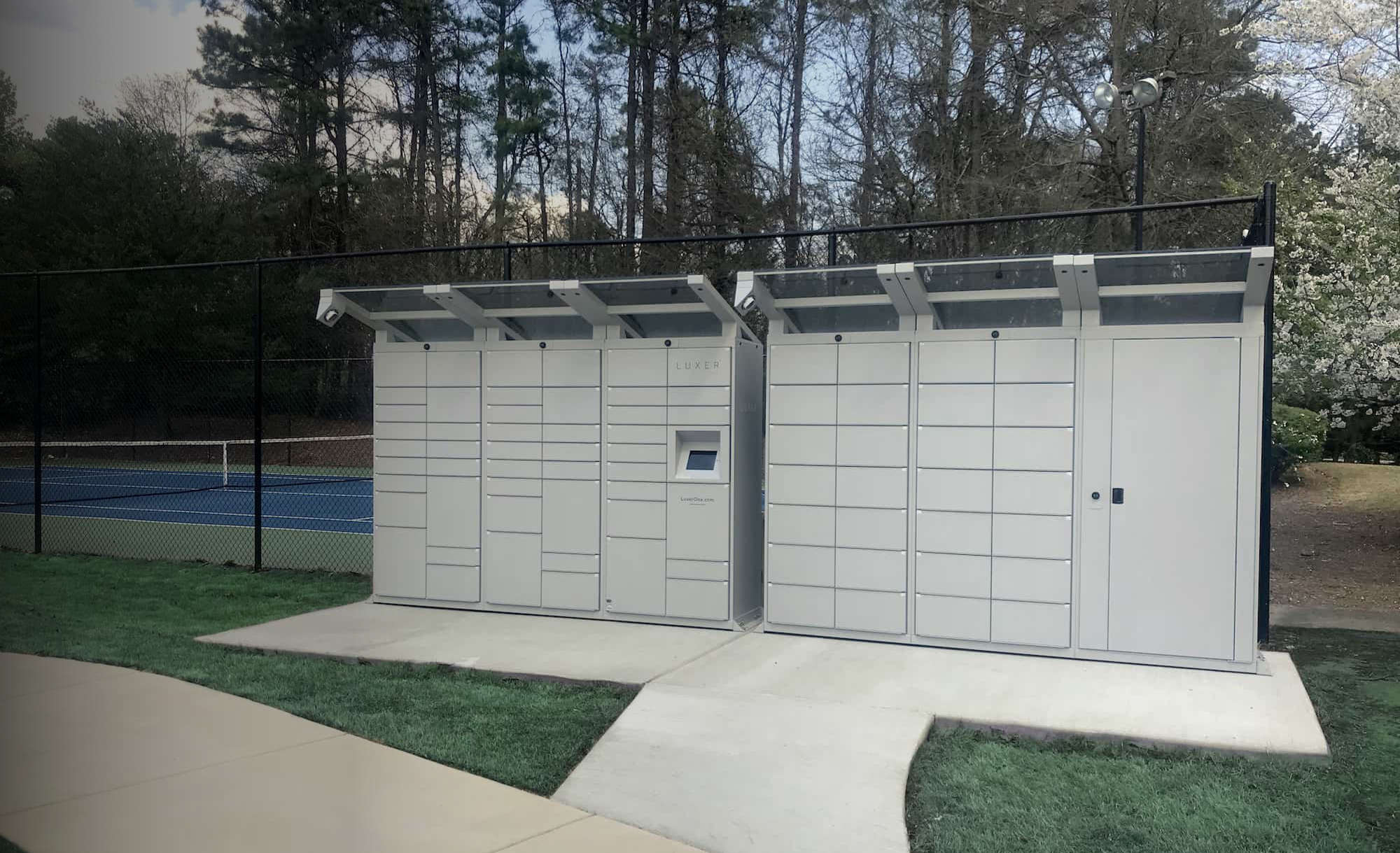In the modern age, package management has become a crucial aspect of residential and commercial buildings. With the rise of e-commerce and online shopping, the volume of parcel deliveries has surged, putting immense pressure on traditional concierge services. In this article, we will delve into a detailed cost analysis between traditional concierge services and smart parcel lockers, examining their efficiency, cost-effectiveness, and overall value proposition.
The Role of Traditional Concierge Services
Traditional concierge services have been the backbone of package management in many residential and commercial buildings for decades. These services involve human personnel who manage and facilitate the receipt, storage, and distribution of parcels. While they offer a personal touch and a high level of service, they come with significant costs and challenges.
Key Features of Traditional Concierge Services
- Human Interaction: Personalized service with staff available to handle resident queries and requests.
- Package Management: Handling of incoming parcels, including signing for deliveries and notifying residents.
- Additional Services: Often includes other concierge services such as dry cleaning, restaurant reservations, and guest reception.
Cost Components of Traditional Concierge Services
- Labor Costs: The primary expense, covering salaries, benefits, and training for concierge staff.
- Infrastructure Costs: Physical space for concierge desks, package storage rooms, and related facilities.
- Operational Costs: Ongoing expenses such as utilities, office supplies, and technology for package tracking.
- Security Costs: Ensuring the safety and security of packages, which may involve additional staff or security systems.
The Rise of Smart Parcel Lockers
Smart parcel lockers have emerged as a technological solution to the increasing demands of package management. These automated systems provide secure, contactless delivery and retrieval of parcels, offering a more efficient and cost-effective alternative to traditional concierge services.

Key Features of Smart Parcel Lockers
- Automated System: No need for human interaction; parcels are delivered directly into lockers by couriers.
- 24/7 Access: Residents can retrieve their packages at any time using unique access codes.
- Secure and Contactless: Enhanced security features ensure parcels are safe, and contactless delivery minimizes health risks.
Cost Components of Smart Parcel Lockers
- Initial Installation Costs: One-time expense for purchasing and installing the locker system.
- Maintenance Costs: Ongoing expenses for system maintenance, software updates, and repairs.
- Operational Costs: Minimal, primarily related to electricity and occasional technical support.
- Space Utilization: Efficient use of space, as lockers can be placed in lobbies, hallways, or other communal areas.
Detailed Cost Analysis
To understand the cost differences between traditional concierge services and smart parcel lockers, let’s break down the expenses involved in both options.
Labor Costs
Traditional Concierge Services:
- Average salary for a concierge: $30,000 – $40,000 per year
- Additional costs for benefits, training, and supervision
- Potential need for multiple concierges to cover shifts and peak times
Smart Parcel Lockers:
- No ongoing labor costs
- Initial training for residents and staff to use the system
Infrastructure and Operational Costs
Traditional Concierge Services:
- Physical space for concierge desk and package storage
- Utilities and office supplies
- Technology for package tracking and notifications
Smart Parcel Lockers:
- One-time purchase and installation cost: $10,000 – $25,000 depending on the size and features
- Minimal ongoing costs for electricity and software maintenance
- Space-saving design reduces the need for large storage areas
Security and Additional Costs
Traditional Concierge Services:
- Additional security measures to ensure the safety of packages
- Potential for loss or theft due to human error or malicious activity
- Insurance costs for package handling
Smart Parcel Lockers:
- Secure design with tamper-proof features
- Reduced risk of theft or loss
- Lower insurance costs due to automated handling
Also See: Smart Lockers vs. Concierge Services – Two-year Cost Analysis Infographic
Efficiency and Convenience
Beyond the cost aspects, efficiency and convenience play crucial roles in determining the best solution for package management.
Traditional Concierge Services
Pros:
- Personalized service with a human touch
- Ability to handle special requests and additional services
Cons:
- Limited hours of operation
- Potential for human error in package handling and notifications
- Space constraints and clutter in storage areas
Smart Parcel Lockers
Pros:
- 24/7 access for residents
- Automated notifications and easy retrieval process
- Space-efficient and organized design
Cons:
- Initial learning curve for residents unfamiliar with the system
- Dependence on technology, which may require occasional troubleshooting
Conclusion: Choosing the Right Solution
When comparing traditional concierge services and smart parcel lockers, it’s clear that each has its unique advantages and challenges. However, from a cost perspective, smart parcel lockers offer significant savings in labor, infrastructure, and operational expenses. They provide a modern, efficient, and secure solution for package management, particularly in buildings with high volumes of deliveries.
For property managers and building owners looking to enhance their package management system while reducing costs, smart parcel lockers are an excellent investment. They not only streamline the process but also provide added convenience and security for residents.
Conclusion
Are you ready to upgrade your package management system and embrace the future of parcel delivery?
Visit GSParcel.com to learn more about our smart parcel locker solutions and how they can benefit your property. Discover the efficiency, cost savings, and convenience of smart parcel lockers today!